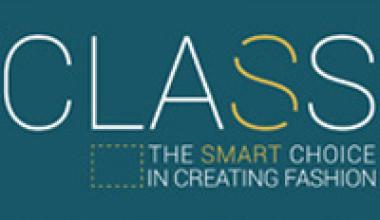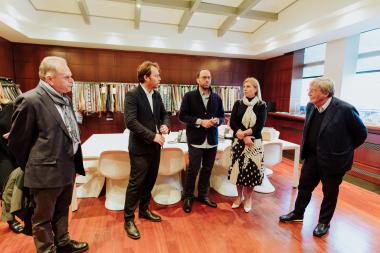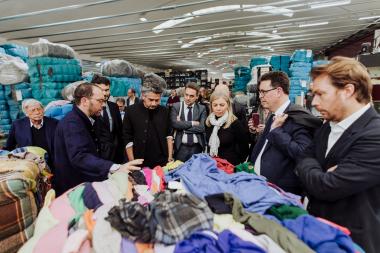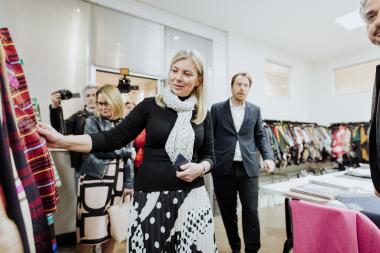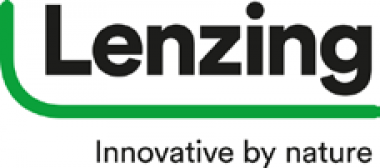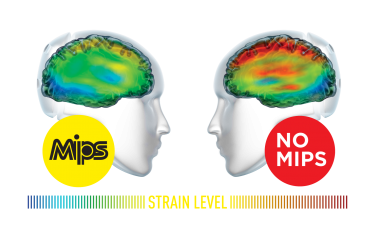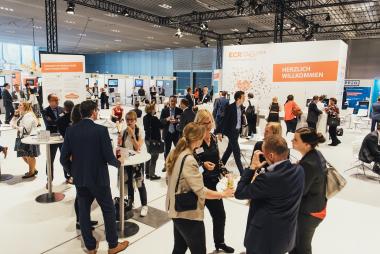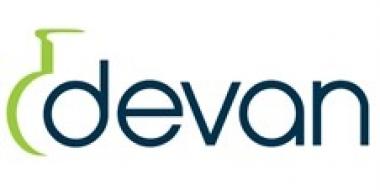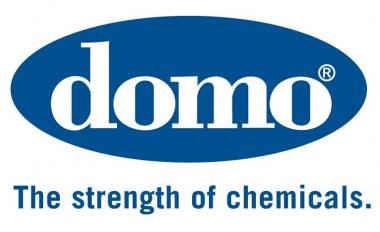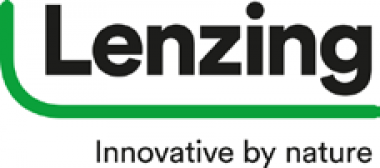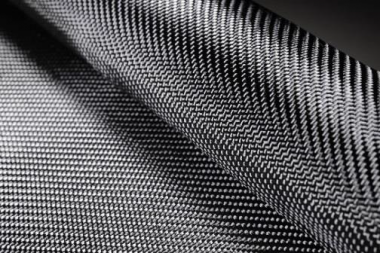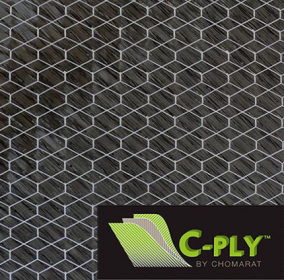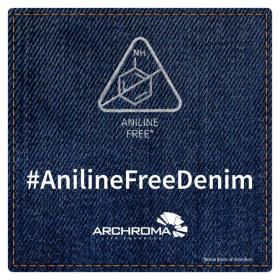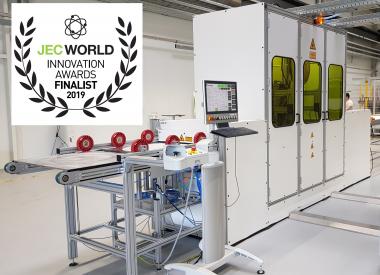C.L.A.S.S. launches an in-depth study path of8 stages devotedto Polimoda students
Prompted by the need to offer an adequate in-depth analysis of topics such as the integration of sustainability in fashion and the importance of the transition to the circular economy, the shared journey of C.L.A.S.S., the multi-platformhub, a reference resource since 2007 for smart innovationin fashion and Polimoda, the internationally recognized institute, world-renowned for its independent approach and innovative vision in terms of “fashion education”, as a result of the perfect combination of business and design.
Eight sessionsduring which topicsrelated to smart innovation, the new role of the designer and the importance of a new generation of communication along withthe urgency of a transversalcooperation and the development of new business models strictly linked to a circular economy approach.
An inspirational path,intensive and engaging, aimed at involving Polimoda students of theFashion Design and Design ManagementMasters –in their future role of protagonists of the fashion industry.
A shared project, aimed at fostering the development of punctual knowledges on responsible innovation, which is to consider effective because of that concrete approach that involves the introduction of smart materials with a view to a circular economy approach.
This is how Polimoda, the fashion institute that boasts an innate and strong policy and strategic vision on the fashion universe at 360 °, and C.L.A.S.S, a reference point since 2007, specialized in the integration of smartvalues withinproducts and fashion companies, in addition to education, partneringto givelife to a driving force thattranslates into a culturalbackground for students.
GB Network Marketing & Communication


